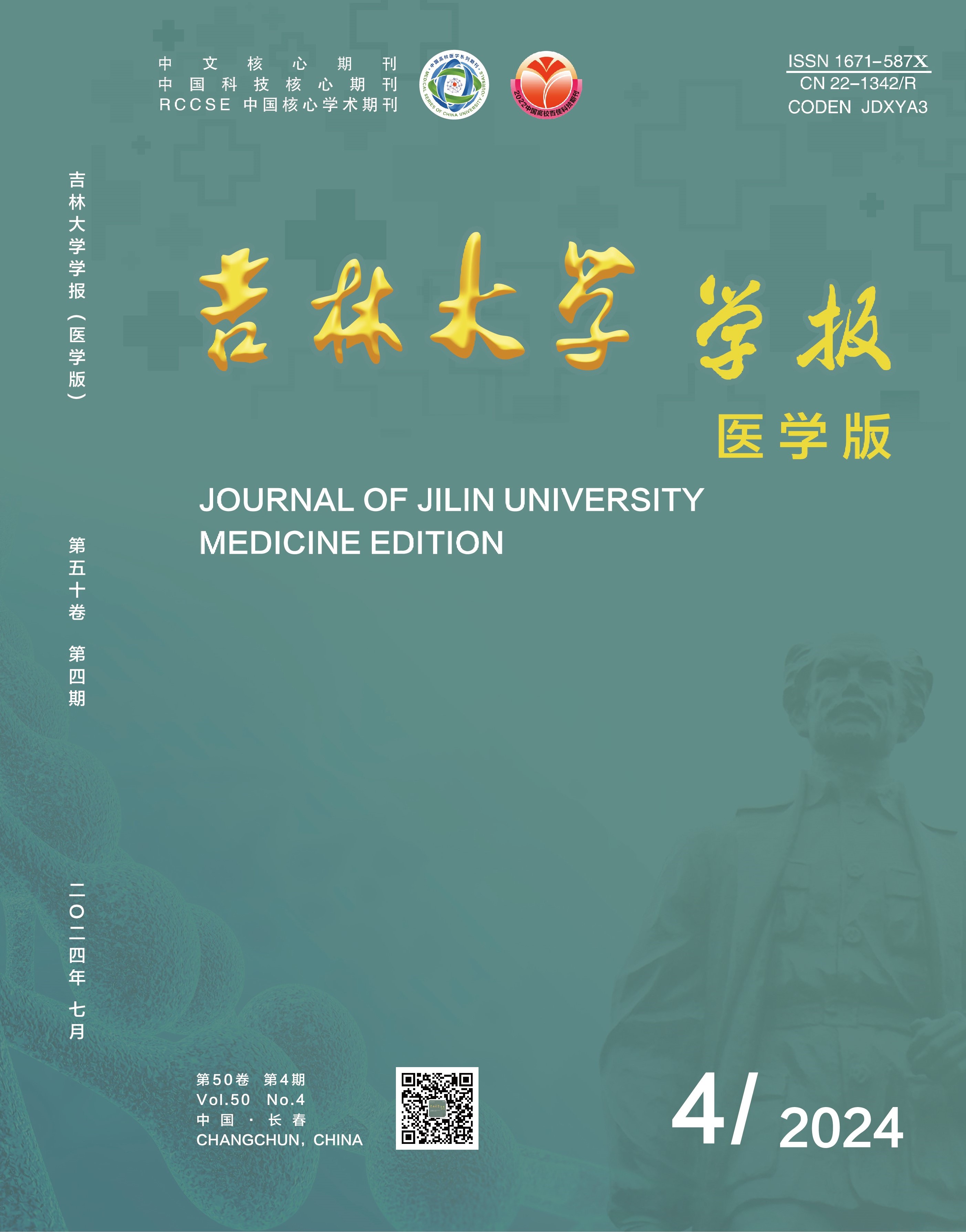Objective To investigate the protective effect of astragaloside Ⅳ(ASⅣ) on hypoxia-induced vascular injury in the mice, and to elucidate its possible mechanism. Methods Sixty male healthy Kunming mice were randomly divided into control group, hypoxia group,low, medium and high doses (40,80, and 120 mg·kg-1)of ASⅣ groups,with 12 mice in each group. The mice in hypoxia group and different doses of ASⅣ groups were fed in hypoxia chamber (oxygen concentration 10%) for 4 consecutive weeks. The mice in low, medium and high doses of ASⅣ groups were intragastricly administered on the second day of hypoxia,lasted for 4 weeks. The vascular tension of mice in various groups was measured by in vitro vasclarring experment. The levels of interleukin-6 (IL-6) and tumor necrosis factor-α (TNF-α) in serum of the mice in various groups were determined by enzyme linked immunosorbent assay(ELISA) method.The rates of periostin (POSTN) positive cells in aorta tissue of the mice in various groups were detected by immunohistochemistry method. The expression levels of POSTN,intercellular adhesion molecule-1 (ICAM-1),vascular cell adhesion molecule-1 (VCAM-1) and phosphorylated nuclear factor κB(p-NF-κB) p65 proteins in aorta tissue of the mice in various groups were detected by Western blotting method. Results Compared with control group,the maximum diastolic rate of acetylcholine(Ach) of the mice in hypoxia group was significantly decreased (P<0.01); compared with hypoxia group, the maximum diastolic rate of Ach of the mice in low dose of ASⅣ group had no significant difference(P>0.05),but the maximum diastolic rates of Ach of the mice in medium and high doses of ASⅣ groups were significantly increased (P<0.01). Compared with control group,the levels of IL-6 and TNF-α in serum of the mice in hypoxia group were significantly increased (P<0.01); compared with hypoxia group,the levels of IL-6 and TNF-α in serum of the mice in low, medium, and high doses of ASⅣ groups were significantly decreased (P<0.05 or P<0.01). The rates of POSTN positive cells in aorta tissue of the mice in control group was extremely low; compared with control group,the rate of POSTN positive cells in aorta tissue of the mice in hypoxia group was significantly increased (P<0.01); compared with hypoxia group, the rate of POSTN positive cells in aorta tissue of the mice in low dose of ASⅣ group had not significant difference(P>0.05),but the rates of POSTN positive cells in aorta tissue of the mice in medium and high doses of ASⅣ groups were significantly decreased (P<0.01). Compared with control group, the expression levels of POSTN,ICAM-1,VCAM-1,and p-NF-κB p65 proteins in aorta tissue of the mice in hypoxia group were significantly increased(P<0.01); compared with hypoxia group, the expression levels of POSTN,ICAM-1,VCAM-1,and p-NF-κB p65 proteins in aorta tissue of the mice in low dose of ASⅣ group had no significant difference(P>0.05),but the expression levels of POSTN,ICAM-1,VCAM-1,and p-NF-κB p65 proteins in aorta tissue of the mice in medium and high doses of ASⅣ groups were significantly decreased (P<0.01). Conclusion ASⅣ can ameliorate the endothelial dysfunction and inflammation in the hypoxia-induced mice,and it mechanism may be related to regulation of POSTN/NF-κB signaling pathway.

 Table of Content
Table of Content
 Guide to Authors
Guide to Authors


